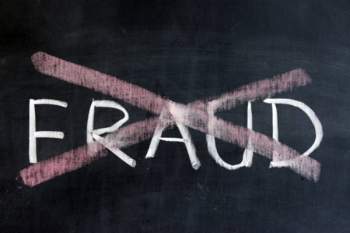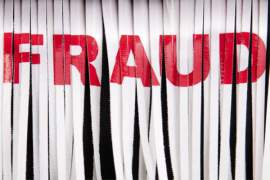
Subscriber Fraud Explained

The telephone fraud known as "subscriber fraud" occurs when a criminal uses either fake information or the information of another individual without authorization to open up a phone account. When using another person's information (otherwise known as the "victim's" information), the victim is then billed on their account for the calls made by the criminal. Subscriber fraud commonly occurs with cell phones and unfortunately is one of the most common forms of telephone fraud. The FCC estimates that subscriber fraud causes cell phone companies to lose more than $150 million dollars a year. Another study conducted by the Communication Fraud Control Association (CFCA) showed that subscriber fraud accounted for 47% of funds lost due to telephone fraud. If the criminal was able to provide identification under a false alias when opening an account, this can make it quite troubling for the victim to prove that they did not actually make the calls that they were billed for. The terms "cramming" and "slamming" are commonly used when describing subscriber fraud. The term "cramming" refers to chargers made on the victims behalf by the criminal. "Slamming" refers to an unauthorized modification in the service provider. Cramming is one of the most reported complaints and usually occurs when subscriber fraud is committed. In order to remain undetected, many criminals who commit subscriber fraud ten to move around from place to place in order to avid being caught. Subscriber fraud is being described as one of the largest cases of fraud committed causing the most financial loss to date. Subscriber fraud has also been associated with crimes that are punishable on a much larger scale such as: money laundering, opening unethical business practices, or even to conduct tax evasion. In an effort to combat subscriber fraud, software has actually been developed the can be used on an individuals phone that will notify them and their phone network of any suspicious third party calls made on their phone. Most of these programs include lists that contain names of criminals who have been found guilty in the past of subscriber fraud in an effort to catch them again and to prevent them from committed the same kind of telephone fraud twice.



















